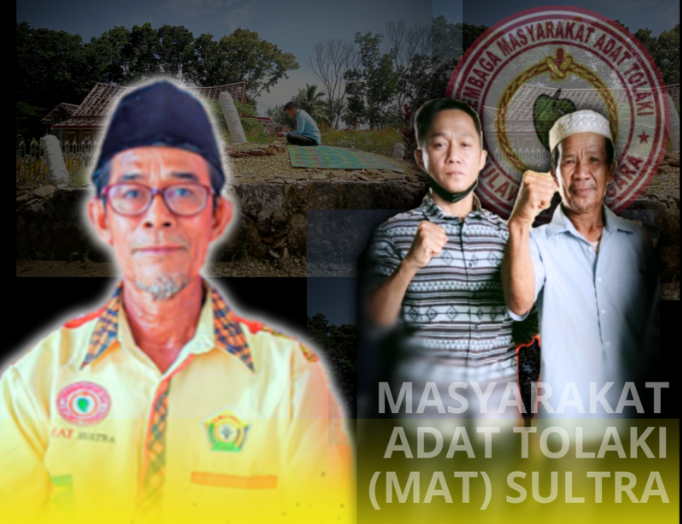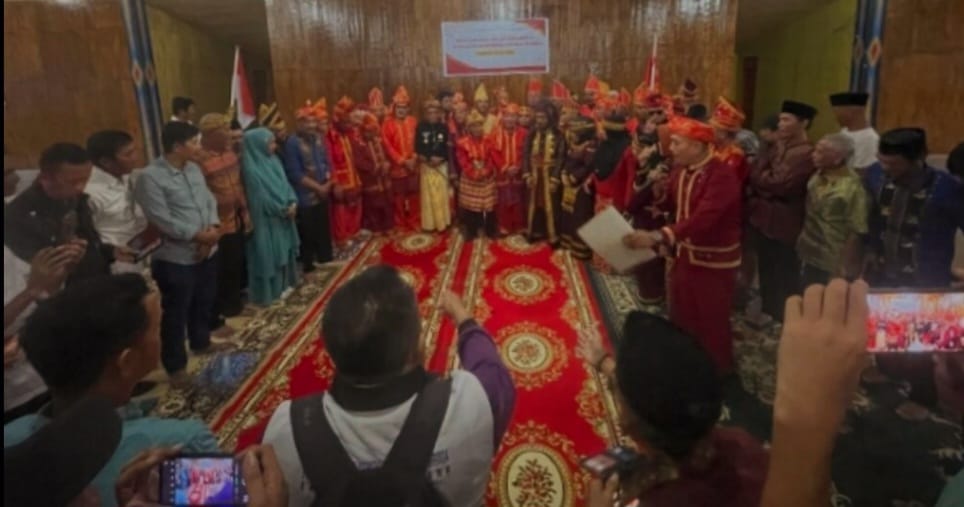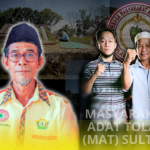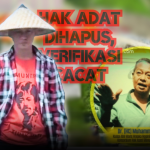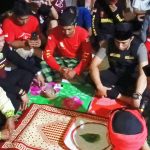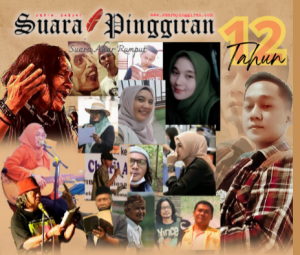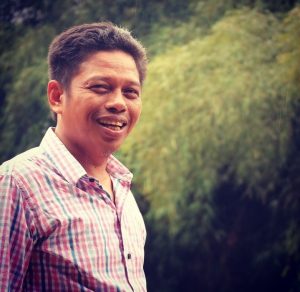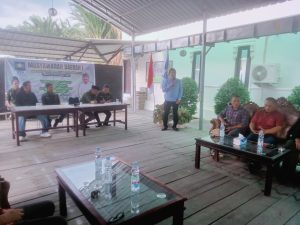UNPACKING THE CONTENT OF THE POEM ENTITLED “SIKAT SEKAT SIKUT” BY HERRY TANY
4 min read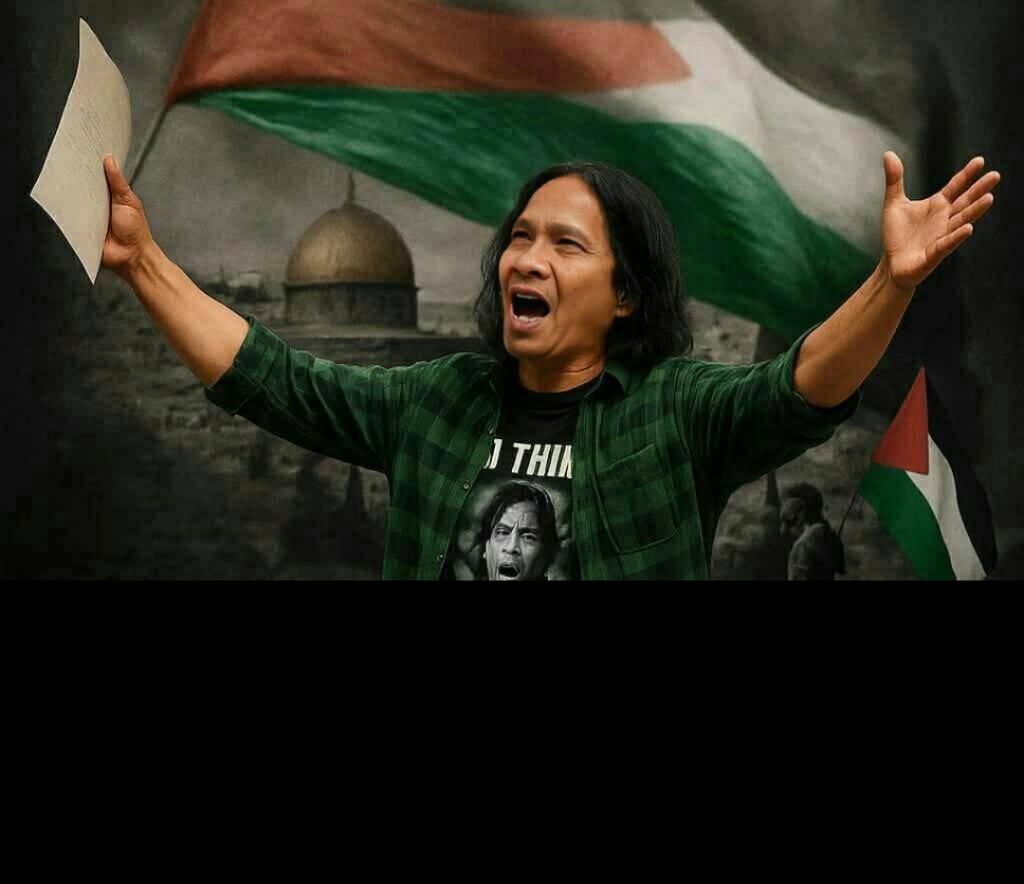
UNPACKING THE CONTENT OF THE POEM ENTITLED “SIKAT SEKAT SIKUT” BY HERRY TANY
By Anto Narasoma
Translated (Indonesian-English) by Leni Marlina
[Translation Practice Community: Trans-PC]
KITA (we) and Aku (I) are two pronouns that reflect distinct facets of selfhood—the individuality of a single person versus the collective identity of a group.
On a personal level, the singular self—”Aku” (I)—often becomes more apparent. Yet when deconstructed, this individuality can intersect and converge within the collective—”Kita” (We). The term Kita, in fact, implies a confluence of personal selves unified within a shared framework of experience or perspective.
When reading the poem entitled “SIKAT, SEKAT, SIKUT” by poet Herry Tany, readers are drawn into a deep reflection on human character and temperament.
It is, in my view, only natural that Herry Tany delves into the intricacies of human disposition. First, as someone rooted in theatre, he is well-versed in the practice of embodying various personas. Theatrical training demands a rigorous engagement with the psychology of roles—inhabiting characters beyond one’s own behavior and emotional landscape.
Let us examine a segment of the poem written by Herry Tany:
SIKAT SEKAT SIKUT
By Herry Tany
I am the wind that carries curses and groans from beneath the ground
my words erupt into fire, burning whispers and rebellious cries,
becoming sharp, thunderous, piercing the heart swollen in stifled air
then crashing through narrow alleys,
scorching walls, charring the wisdom and proverbs of poets—
unmindful of boundaries or partitions,
even when hunted by dagger-laden songs
I am blind and foolish, colliding with everyone,
sometimes muttering, speaking only in raw honesty
on a perilous day of crossroads and conflicting debates,
it becomes near impossible to send forth the question:
When will we speak not with I, but with WE?
Suara Pinggiran,
May 16th, 2025
Upon reading this poem, one is immediately taken on a journey into the poet’s emotional and existential depths.
As mentioned earlier, Herry Tany is not only a poet but also a seasoned theatre practitioner, someone adept at exploring the layers of human psyche to fully embody diverse roles.
Whatever role he assumes, his process is rooted in the feel of the human spirit—a sensitivity honed through years of performance. It is this very psychological immersion that surfaces through each stanza of the poem, expressed through emotionally charged language and carefully chosen metaphors.
His diction and unique phrasal structure are steeped in the discipline of theatrical introspection.
It is no surprise that a poet with a background in theatre would demonstrate a different creative texture compared to one emerging from non-theatrical, everyday experiences.
Does this suggest that poets from theatre are inherently deeper than others? Not necessarily.
However, those engaged in theatrical exercises—especially those that probe human psychology—tend to frequently explore emotional dynamics and role internalization. This inevitably leaves an imprint on their creative consciousness when crafting poetry.
Because of this, poets with theatrical foundations often display a psychological nuance in their works, shaped by their ongoing engagement with human characterization.
Meanwhile, poets from non-theatrical backgrounds typically draw their material from emotional intuition and their intrinsic connection to the natural and social world around them—what we might call the intrinsic and extrinsic influences.
In the case of Sikat Sekat Sikut, Herry Tany foregrounds emotional upheaval, channeled from external experiences. Consider the first line:
“I am the wind that carries curses and groans from beneath the ground.”
Here, personification is used masterfully to express his inner turmoil. The use of curses and groans serves as metaphors for an intense emotional landscape—conveyed vividly through imaginative language that engages both thought and feeling.
Let us also examine the second stanza:
“My words erupt into fire, burning whispers and rebellious cries,
becoming sharp, thunderous, piercing the heart swollen in stifled air.”
This vivid imagery communicates a potent sense of anger or dissatisfaction. The choice of language creates a layered emotional field, combining literal intensity with symbolic force.
Herry Tany’s approach, with its dichotomous play between structure and essence, emotion and intellect, stems from a deliberate aesthetic method. Every poem, ultimately, must present a core issue or theme it seeks to deliver to the reader.
While some poems may veil this message in layers of aesthetic subtlety, a well-crafted poem remains rooted in a clear, purposeful direction.
Within Sikat Sekat Sikut, the emotional tone—dominated by frustration, rebellion, and raw personal expression—is undeniable. And yet, as readers and writers of poetry, we must approach poems with sensitivity to four key elements: sense (the theme or meaning), feeling (the emotional value), tone (the voice or mood), and intention (the poem’s aim or message).
In terms of technique, poetry demands attention to diction, imagery, concrete language, figurative expression, and rhythm and rhyme.
These elements are the tools through which we can unlock a poem’s inner world and appreciate its aesthetic resonance. Let us continue to explore, create, and reflect—together.
Palembang,
June 13th, 2025

